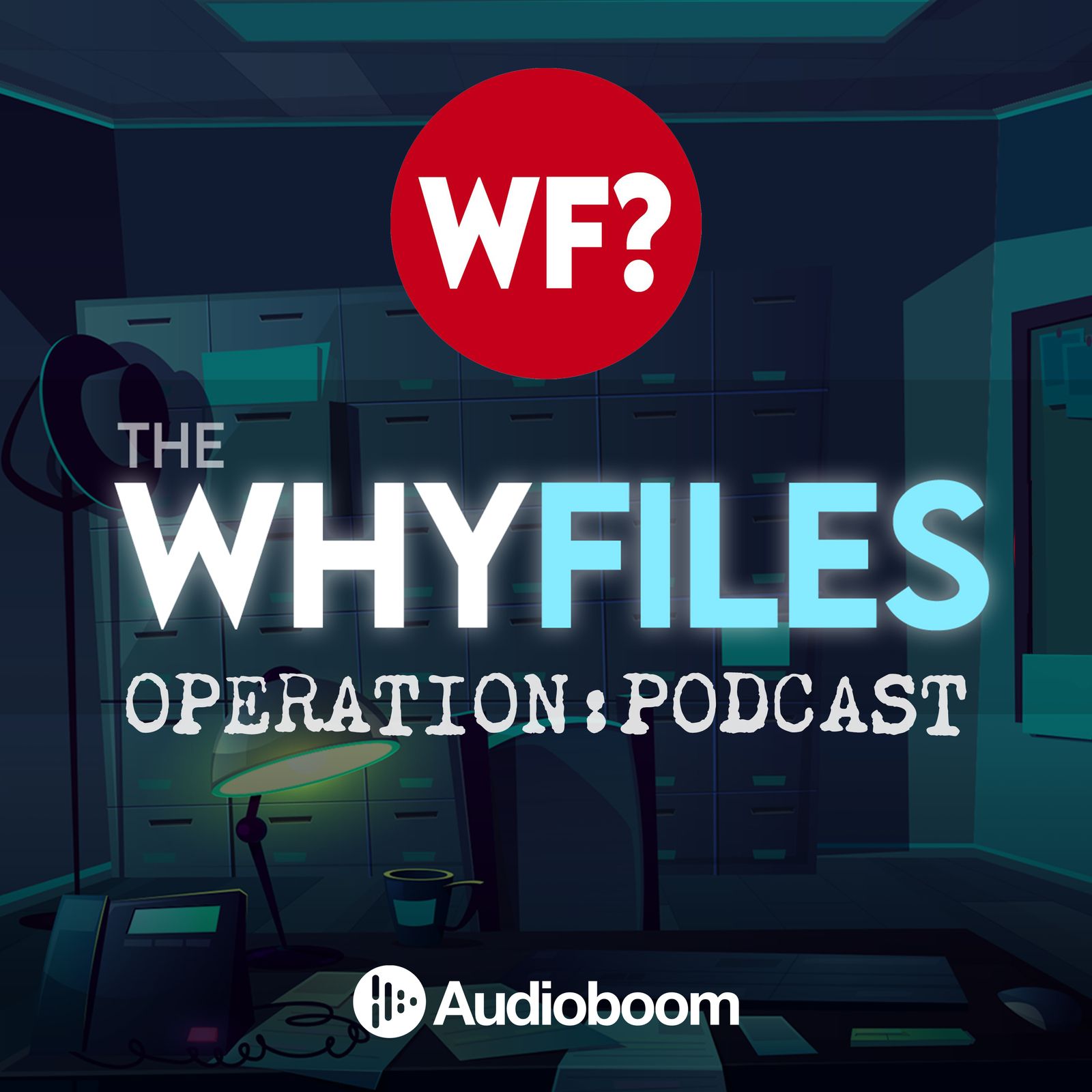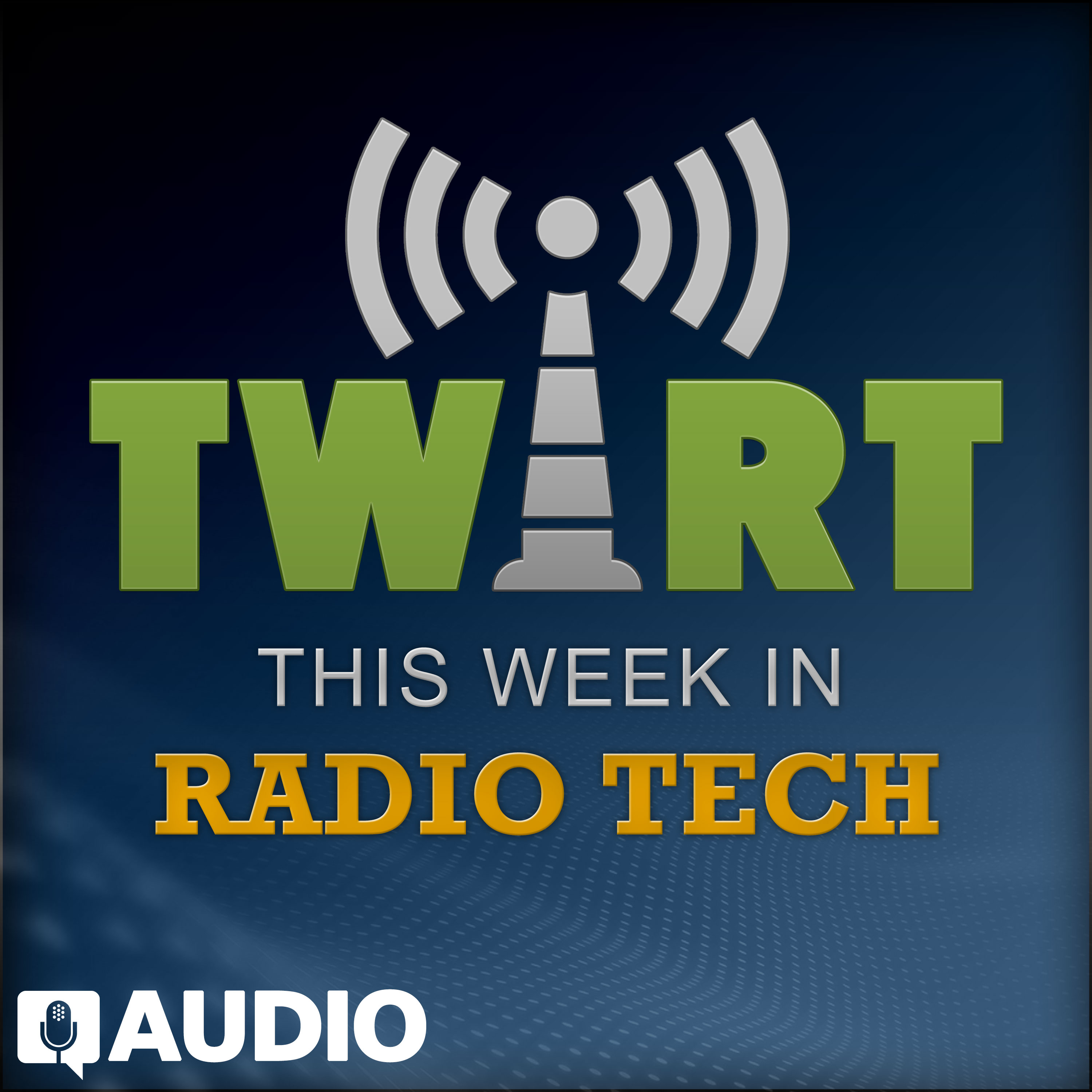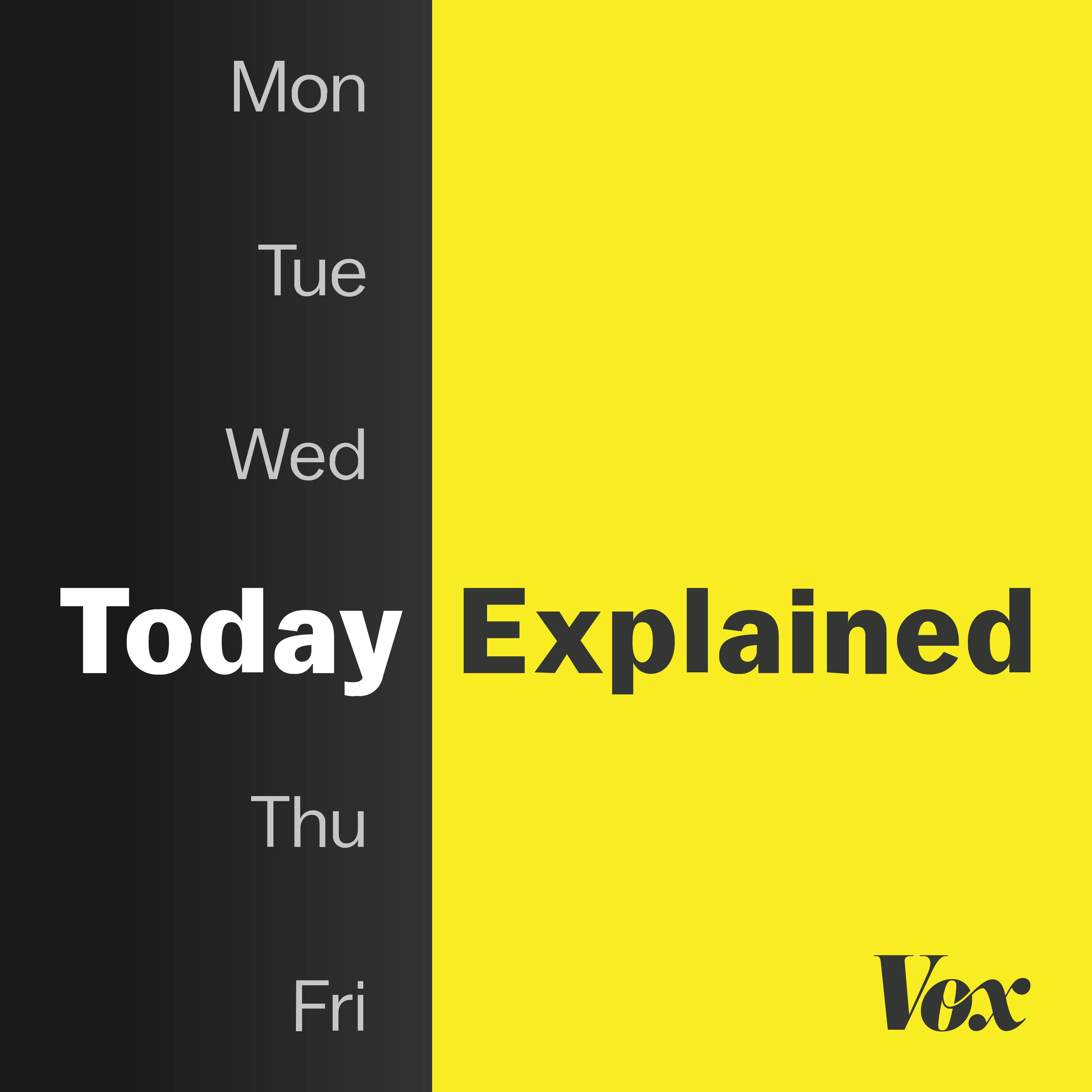).png)
Fully Modulated
Fully Modulated is a documentary-style podcast that takes you behind the scenes of broadcast technology. From emergency alerts to digital signals and everything in between, the show explores how it all works and who keeps it running.
Hosted by Tyler Woodward, a seasoned broadcast engineer, each episode breaks down complex systems into clear, engaging stories. Whether you're deep in the industry or just curious about how media gets to your screen or speakers, Fully Modulated delivers real insight without the jargon.
Fully Modulated
Mailbag: When Engineers Collide: A Facebook Fact-Check Gone Wild
Whether you've worked in broadcasting for decades or just wonder how emergency alerts interrupt your favorite shows, you're about to discover what really happens behind those alarming tones.
After a seemingly harmless social media post about emergency alerts sparked a technical correction from a fellow broadcast engineer, this episode dives into the fascinating mechanics of the Emergency Alert System (EAS). Contrary to what many believe, those familiar two-tone attention signals that jolt you to attention aren't what trigger the broadcast equipment at all. The real work happens before you ever hear those tones, through a digital protocol called Specific Area Message Encoding (SAME).
I break down how modern EAS equipment actually functions, explaining the critical difference between machine triggers and human attention-grabbing elements. We explore why these distinctions matter, how the system evolved from its predecessor (the Emergency Broadcast System), and why certain legacy practices persist decades after they're technically obsolete. It's a perfect example of how broadcast technology often operates at the intersection of engineering necessity and human psychology.
The episode concludes with an exciting announcement about an upcoming ten-part series exploring the complete history of emergency alerting systems, from the earliest days of Conrad through to today's virtual implementations. Whether you're a broadcast professional looking to deepen your technical understanding or simply curious about how these public safety systems work, you'll gain valuable insights into the technology that delivers critical information when it matters most.
Follow Fully Modulated wherever you get your podcasts and leave a review to help others discover these deep dives into broadcast technology. Have a correction or question of your own? Send it my way – it might inspire a future episode!
If you enjoyed the show, be sure to follow Fully Modulated and leave a rating and review on Apple Podcasts or your favorite podcast app—it really helps more people discover the show.
Fully Modulated is an independent podcast and website, not affiliated with or endorsed by any station, media company, or network. All opinions are solely my own.
Hey, quick favor before we start. If you're enjoying Fully Modulated, hit the follow button on your podcast app Apple Podcasts, spotify and share it with someone who geeks out about radio, emergency alerting, television and radio broadcasting. Also, make sure you leave a review. It's the small thing that really helps a lot. Hey, welcome back to Fully Modulated, the podcast that decodes the inner workings of broadcast systems and the people who keep them running.
Speaker 1:I'm Tyler Woodward and today we're doing something a little different. Call it a mailbag episode, call it a fact check or just call it what happens when a broadcast engineer gets a little too confident on social media. So a few days ago I posted something about the emergency alert system on facebook. Really short post, just a quick explainer. That mentioned how broadcasters use the classic two tone eas sound. You know the one? We call it an attention tone. It's that blaring noise that just kind of cuts through all the noise, harmless, right. Well, enter Joe Fleming, a broadcast engineer over at Virginia Public Media. He slides into the comments with a reply that basically says quote actually, no, the tones didn't trigger anything. That's what the same headers are for, unquote, and you know. You know what he's right. But also, I never said the tones triggered the gear. I didn't mention anything about wireless emergency alerts that he also went on about. I didn't bring up dual tone triggering. I didn't claim stations are even still using 70s era equipment. But the post was vague and if you read it with a certain level of technical scrutiny which, let's be honest, engineers do I can see how it could come across as a little oversimplified. I replied maybe a little too strongly at first but after messaging back and forth with Joe turns out Joe's not a bad guy. Just wanted to make sure I got the information accurate and, quite frankly, I respect that.
Speaker 1:The emergency alert system works because of a structured format called SAME Specific Area Message Encoding format, called same specific area message encoding. That's the burst of digital data you hear at the start of an alert. It carries the type of alert, the areas affected, the originator and the duration of the warning watch message. What, what have you? The digital data is what actually triggers the eas equipment. If you're running something like a sage index, a dazdak, it's listening for valid same headers from a designated source. If those match your station's filter settings, the alert goes through.
Speaker 1:Then comes the attention tone, the solid two-tone signal that everybody recognizes. It's loud, it's annoying, it's supposed to be. But it's not the part of the stream that triggers the gear. It's just there to make sure people pay attention. Hence the why it's called the attention tone. And it works. That's there's a reason that those tones have been used for decades. But the important stuff, the stuff that matters to your station's hardware, happens before the tone ever actually plays. That's what Joe was trying to get across. Here's the thing, and it's why I don't mind getting called out on this stuff.
Speaker 1:From a listener's point of view view, the tones feel like a trigger. You hear the beeps, your tv cuts in, the radio switches over. The crawl starts, boom, an alert. You see the red bar, you hear the message. The timing makes it seem like the tone is doing the heavy lifting to the general audience.
Speaker 1:Even in the industry it's easy to conflate what the public hears with what the gear is actually doing. And, to be fair, in the old EBS days the tones did serve a mechanical trigger function in some cases. But EAS, which replaced EBS in 1996, 1997. And we've been in the digital realm ever since. Still, a lot of engineers, especially those who've been around since the EBS days, or work near nuclear plants with legacy setups will tell you the tones were kept around voluntarily in some areas. Old habits die hard. So Joe's comment not just so Joe's comment is more of a reminder that these systems are layered and that clarity matters when you're explaining them, especially in public forums.
Speaker 1:If you've got a correction, a question or even just a spicy opinion about something I might have said, send it my way. Seriously, you might just end end up inspiring an episode like this one. And hey, if you found this breakdown useful, share the show with someone who's trying to wrap their head around EAS. Follow the podcast and leave a rating or review. Wherever you're listening. It helps the show get in front of more folks who care about this stuff as much as I do.
Speaker 1:And just to give you a sneak peek coming up in a week or so I will be launching the first full season of fully modulated, which actually will be focusing on the emergency alert system how it came to be, dating all the way back to Conrad, into the EBS days, all the way up to right now where EAS is being considered, taking it from a hardware form down to the software form in virtual environments. So I got a full 10-episode season coming up about the emergency alert system and everything that predated it. So be on the lookout for that. Make sure you hit up fullymodulatedcom, subscribe on Apple Podcasts, spotify, tify, tune in and iheart radio, so you never miss an update when I release one. Thanks again to joe for keeping me honest, even if it got a little intense at first. This has been Fully Modulated. I'm Tyler Woodward and I'll catch you next time you













